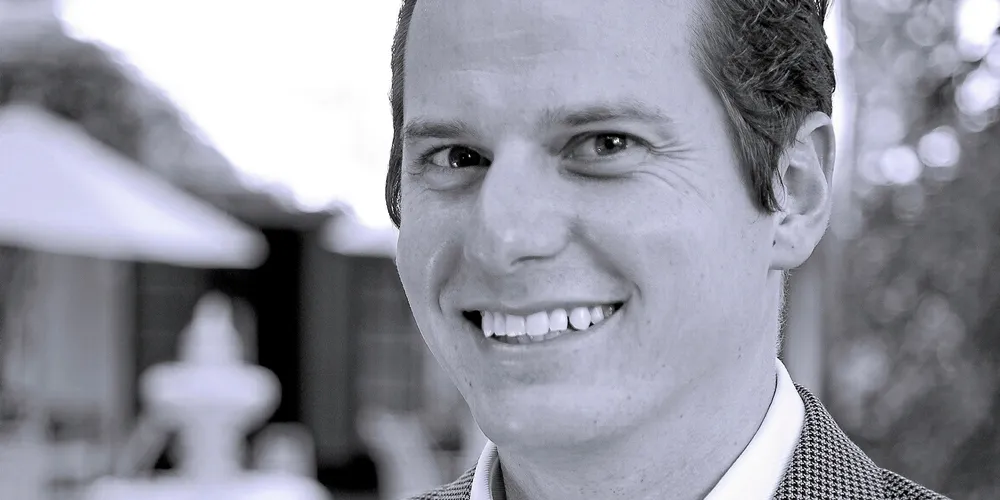'EU Commission investigation of Chinese subsidies is needless fear-mongering'
OPINION | Chinese wind OEMs do get government subsidies, but EU-based rivals nevertheless don't face much competition due to higher financing costs for Asian turbines, Philip Totaro writes
